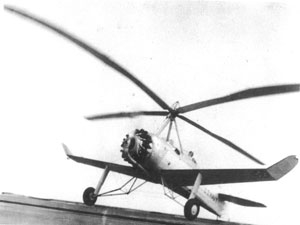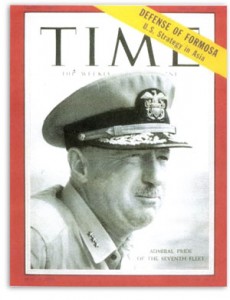 Eagle Feathers #7 – Pride of Somerville
Eagle Feathers #7 – Pride of Somerville
By Bob (Monty) Doherty
If you were driving down Hudson Street in Somerville and you came to #105, you would find yourself near the rear entrance of Engine Seven’s firehouse. Parallel to the engine house are 12 garages, an area that once housed a carpentry shop owned by Alfred Pride’s father.
As a young boy, Alfred enjoyed puttering around and learning about mechanical things in his father’s shop. By 1915, when he was just 16 years old, he decided to study engineering at Tufts University. He dropped out after only two years in 1917 so that he could enlist in the Navy. World War I had commenced and Pride began aeronautical training.
After earning his wings, he served in both England and France until the end of the war. Even after the war, he continued to serve his country and was assigned to the USS Langley, a coal ship which would go on to be refitted as the first American aircraft carrier.

Pride was the first man ever to land a helicopter on an aircraft carrier.
Alfred’s superior mechanical abilities were called upon when he was tasked with designing catapults and arresting gear for the Langley. This was during the infancy of aircraft carrier development and major issues existed pertaining to the safe landing of airplanes. Planes would land on these great ships, collide with the safety nets at the end of the runway and be propelled upward. This often resulted in severe damage to the plane, or in less fortunate cases, injurious crashes. Pride rectified this flawed process by developing a “tail-hook system,” a technique that stopped the planes in a much safer way. The arrangement is, in fact, still used today. This, and various other designs he created, prevented injuries and drastically reduced the odds of collision.
Pride was the first man ever to land a helicopter on an aircraft carrier and one of the earliest to land an airplane on an aircraft carrier. During World War II, he commanded the aircraft carrier, USS Belleau Wood, in the south pacific. This ship and its aircraft were engaged in many battles. He played a major role in planning the invasion of Japan near the end of the war. Post-World War II, as Commander of the 7th fleet, he saved thousands of lives by protecting the island of Formosa (now Taiwan) during the communist takeover of China. For this, in 1955, he was featured on the cover of the February 7 issue of Time Magazine. By the time Pride retired, he was considered to be the most knowledgeable man in the world on the subject of aircraft operations. The four-star admiral is buried in Arlington National Cemetery.
Admiral Alfred Melville Pride….Pride of Somerville….Pride of the United States Navy.














Reader Comments